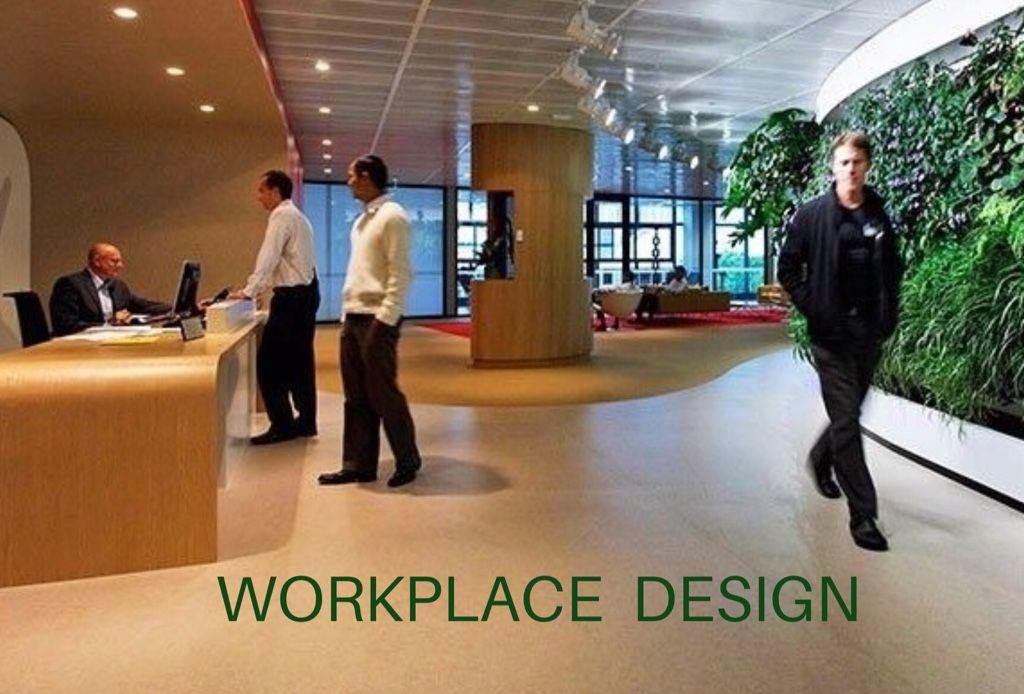
Evidence-based information
Depending on context, specific colour strategies have the capacity to influence affective, evaluative and behavioural response.
In workplace design, colour and contrast can be used to achieve a number of aims:
• Attract and/or divert attention to specific design features in workplace design. In doing so, specific colour strategies can enhance environmental visual literacy.
• Encourage and enhance engagement. This strategy can be applied to different workplace zones as well as used to address different personality types such as extroverts and introverts.
• Support and enhance orientation and wayfinding strategies. Many orientation and wayfinding strategies rely solely on visual design details and hue. There are other attributes of colour and techniques that can enhance orientation and wayfinding strategies in workplace design.
• Support the safe operation of daily activities. Specific colour and contrast strategies can support the safe operation of daily activities by ensuring that design features and details achieve effective environmental visual literacy.
To find out more about the ways in which specific colour/contrast strategies can be applied in workplace design, book a place at our next Evidence-based Colour Psychology workshop. This workshop contains referenced and up-to-date information, and is delivered by Zena O’Connor, PhD of Design Research Associates.
For information about upcoming workshops, go to The Colour Collective website.
All workshops include a comprehensive and detailed workbook, and interactive class exercises.
3 Formal CPD points for architects and designers. The content of all workshops are linked to the Architects Accreditation Council of Australia (AACA) National Standard of Competency for Architects (2015 edition) and address specific units of competency.
Image credit: Accenture office, Barangaroo